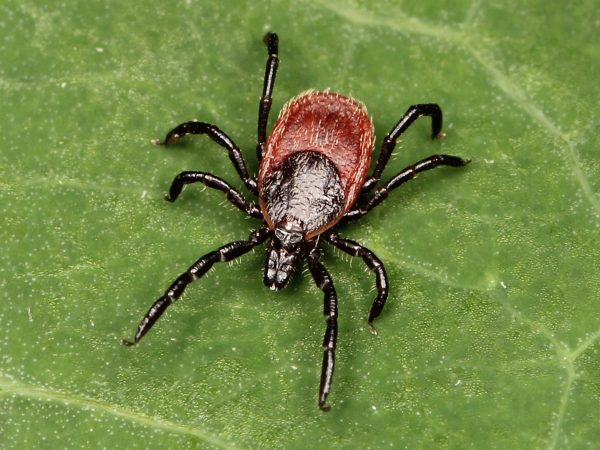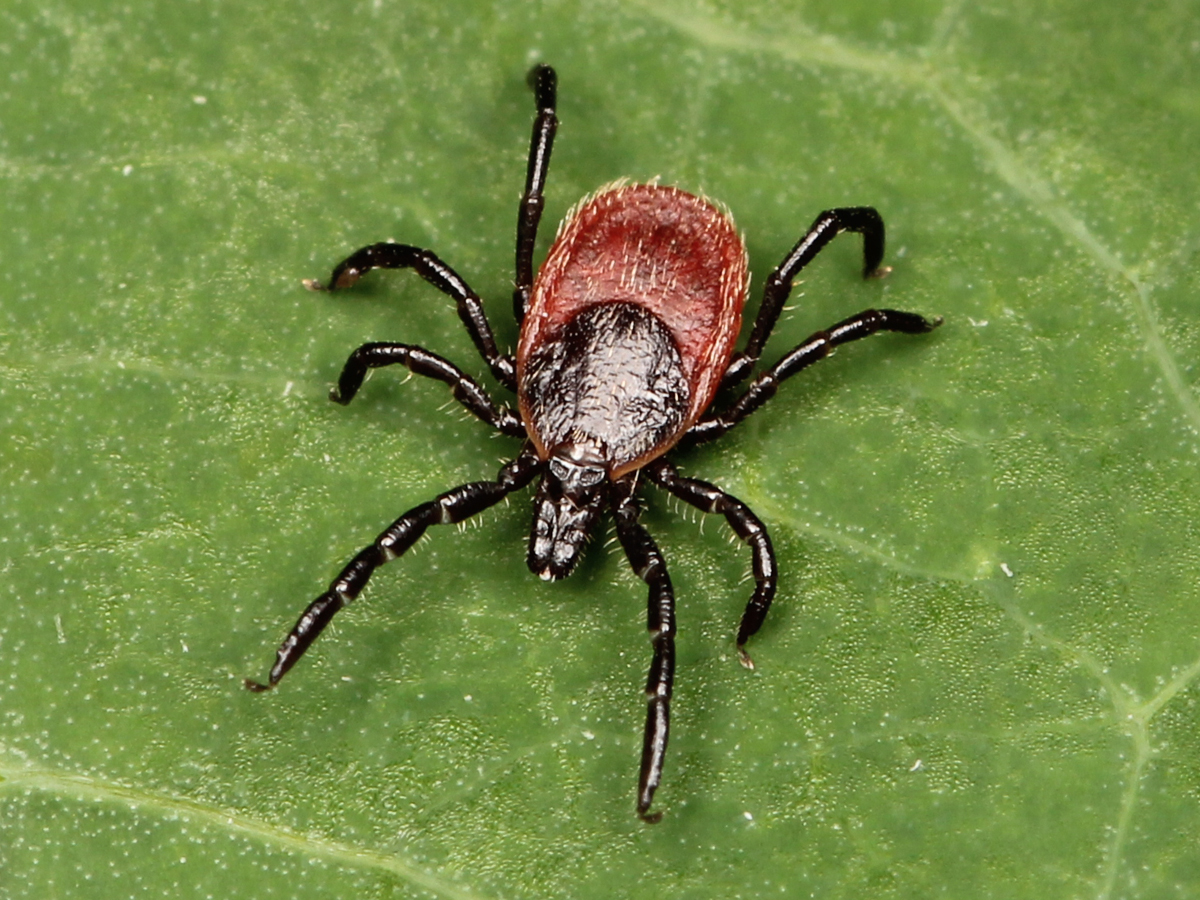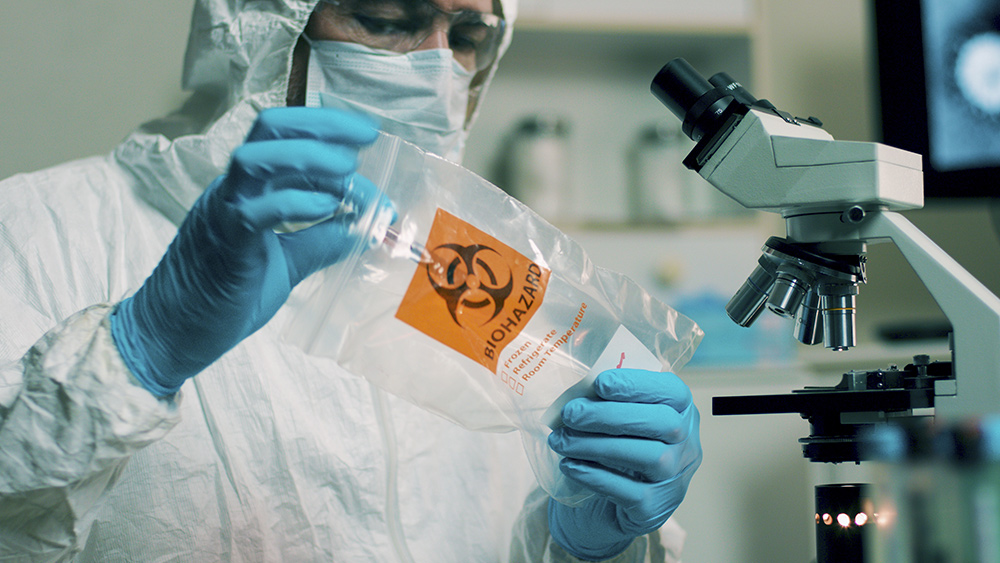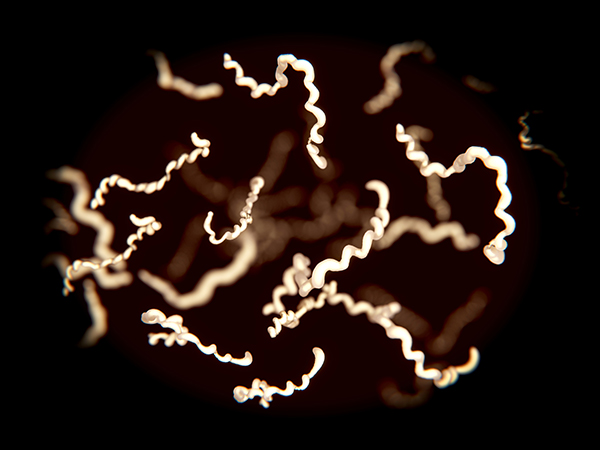
A mother in Ireland, who has watched her vibrant daughter’s health decline rapidly for the last seven years, was shocked to discover recently that she has been living with undiagnosed Lyme disease.
Louis Ní Dhuibhir watched helplessly as her daughter Dawn changed from an athletic and outgoing young teacher, to not being able to hold down a job and being in excruciating pain constantly.
The Irish Times reports Louis as saying, “She has terrible pain her head, back pain, sore knees, IBS, she can’t take light, noise, being out in the sun ... she can’t eat much either at the moment. She is in great pain but she hides it well. It has completely taken over her life.”
Dawn’s symptoms initially looked like nothing more than a bad case of the flu, but when they didn’t subside and she started suffering from constant headaches, her mom began taking her from one doctor to another, trying to find out what was really going on.
At first, doctors tried to convince the family that Dawn’s symptoms were related to a basketball injury that she had sustained, but as the months passed, they realized it had to be something more serious.
Dawn started teaching again in September of 2010, but had to stop in November of that same year, and has been unable to return since.
Though doctors tested Dawn several times over the years for Lyme disease, the results were always negative, until she sent a blood sample to Armin Labs in Germany, where it was confirmed that she does, in fact, have the disease along with co-infections.
Louis is now faced with the task of trying to secure treatment for her critically ill daughter. Though there is a clinic in Galway where she could receive treatment, the facility does not accept results from outside laboratories like the Armin Lab. Though it has been suggested that she travel to Germany or the U.S. for treatment, she has now been sick for such a long time that she is simply not strong enough to make the trip.
“It’s very hard to be hopeful,” said Louis. “Dawn has been sick for so long, she has been fighting for so long, she has very little fight left in her.”
How can each of us protect ourselves from contracting this debilitating illness?
Everyday Health warns that everyone should be on high alert between April and September, which is when ticks are most active. The site also provides the following tips:
- Lyme disease can only be contracted from a specific type of tick, namely the black-legged (or deer) tick. CDC data show it is most common in East Coast states.
- If you see a tick on your body, ignore all old wives' tales and remove it as quickly as possible with tweezers or a tick removal device.
- It takes between 36 and 48 hours for a tick to transmit Lyme disease to a host it has attached itself to.
- The most common symptom to watch out for is a bulls-eye-shaped rash, which appears in upwards of 80 percent of people between 3 and 30 days after infection.
- Other symptoms to be aware of are joint swelling, dizziness, headaches, arthritis, nerve pain, an irregular heartbeat and memory problems.
- Only a blood test can accurately diagnose Lyme disease, but a test taken soon after infection will usually show a negative result; four or five weeks have to pass before antibodies appear in the bloodstream.
- Lyme disease is treated with antibiotics, but time is of the essence; the earlier the treatment, the better the outcome.
- Between 10 and 20 percent of patients will continue to experience symptoms, even after treatment.
- Wear light-colored long-sleeved shirts and pants whenever you go walking in wooded areas or shady grassland. Apply a natural, non-chemical insect repellent to your skin and clothing, and check very carefully for ticks in all the hairy parts of your body after you return home, including easy-to-forget areas like your scalp and underarms. Wash your clothing as soon as possible.
Sources:
Please contact us for more information.























